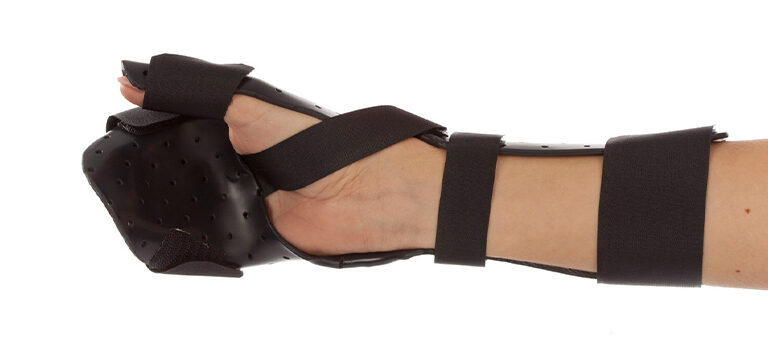
Ankle-foot orthosis
3.0 mm, no perforation, Orfibrace NS
This pre-cut offers a flexible and reliable independence for your patient without risk of pressure wounds at the heel. The Orfibrace NS A.F.O. pre-cut is available in 4 sizes (XS, S, M and L).
Orfibrace NS is a unique rigid and supportive material for your patients. Its high resistance to stretch offers you excellent control while molding. It has a superior surface finish. Orfibrace NS is unique in that it can be activated in a splint pan or in the oven, according to its coated surface.
Characteristics
How it works and looks
Recommended applications
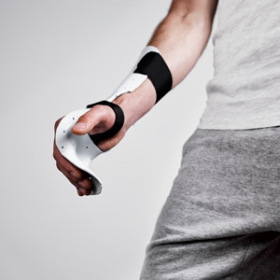
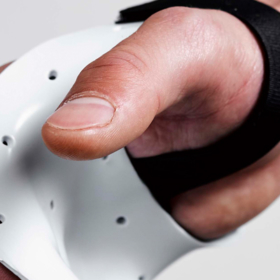
Visit our Useful Information & Educate Yourself pages for instructional videos, upcoming splinting workshops, guides for the fabrication of static and dynamic splints and frequently asked questions.

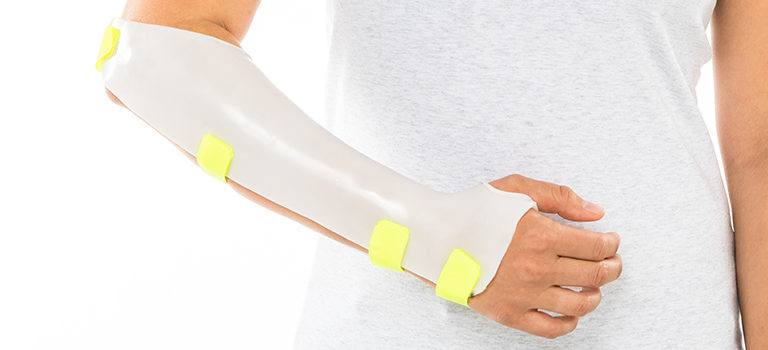
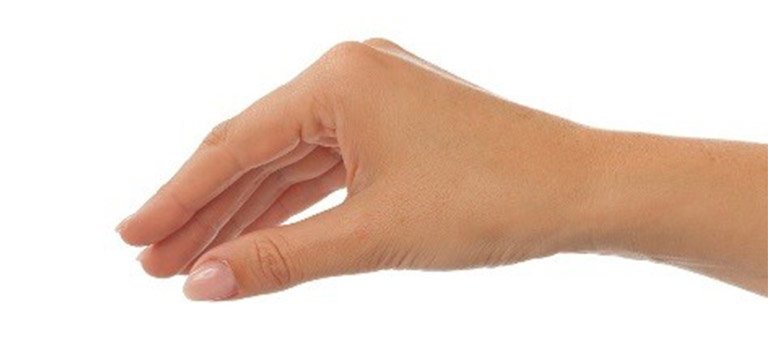
3.0 mm, no perforation, Orfibrace NS
This pre-cut offers a flexible and reliable independence for your patient without risk of pressure wounds at the heel. The Orfibrace NS A.F.O. pre-cut is available in 4 sizes (XS, S, M and L).
Your browser is out-of-date!
Update your browser to view this website correctly. Update my browser now